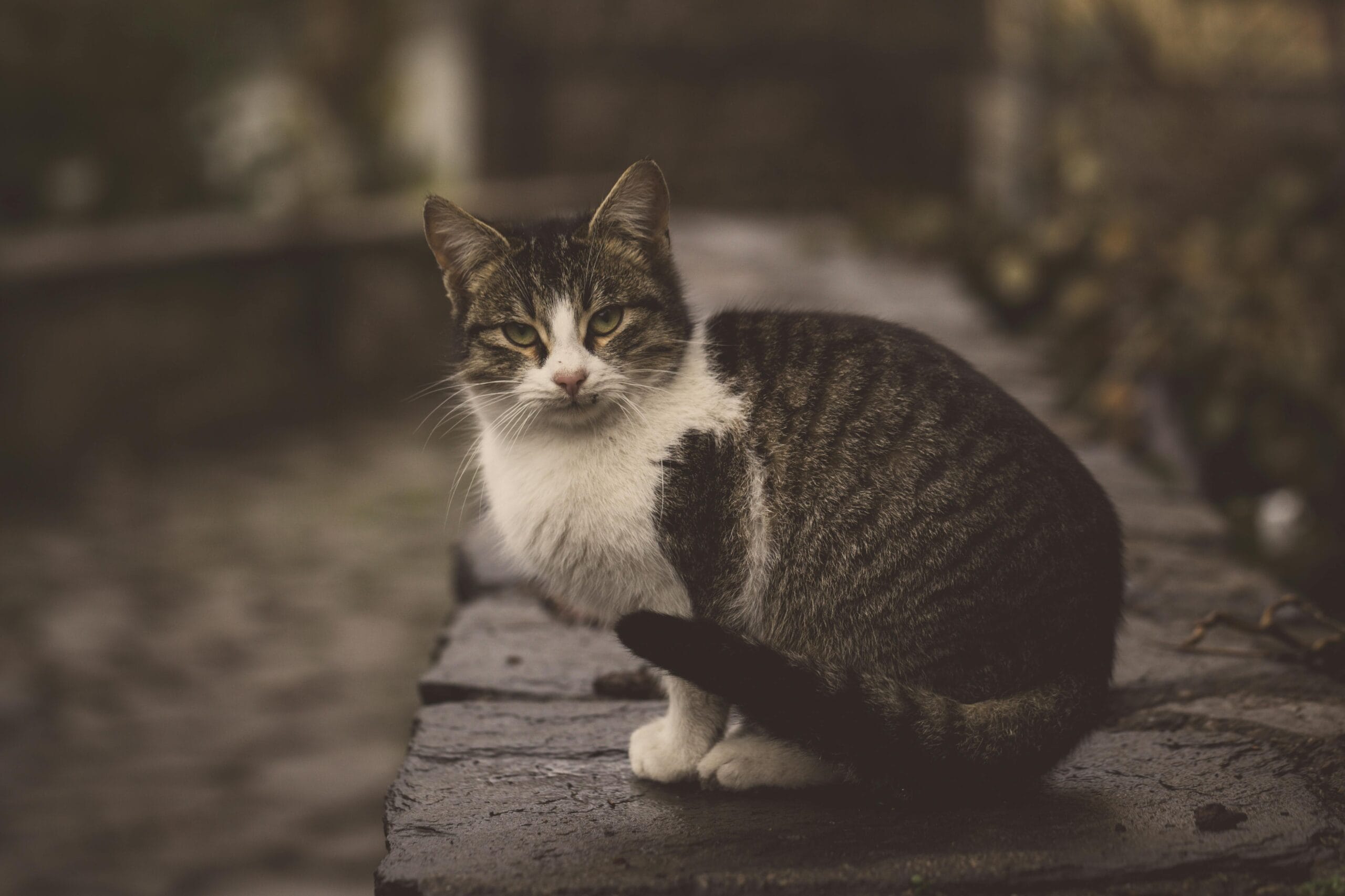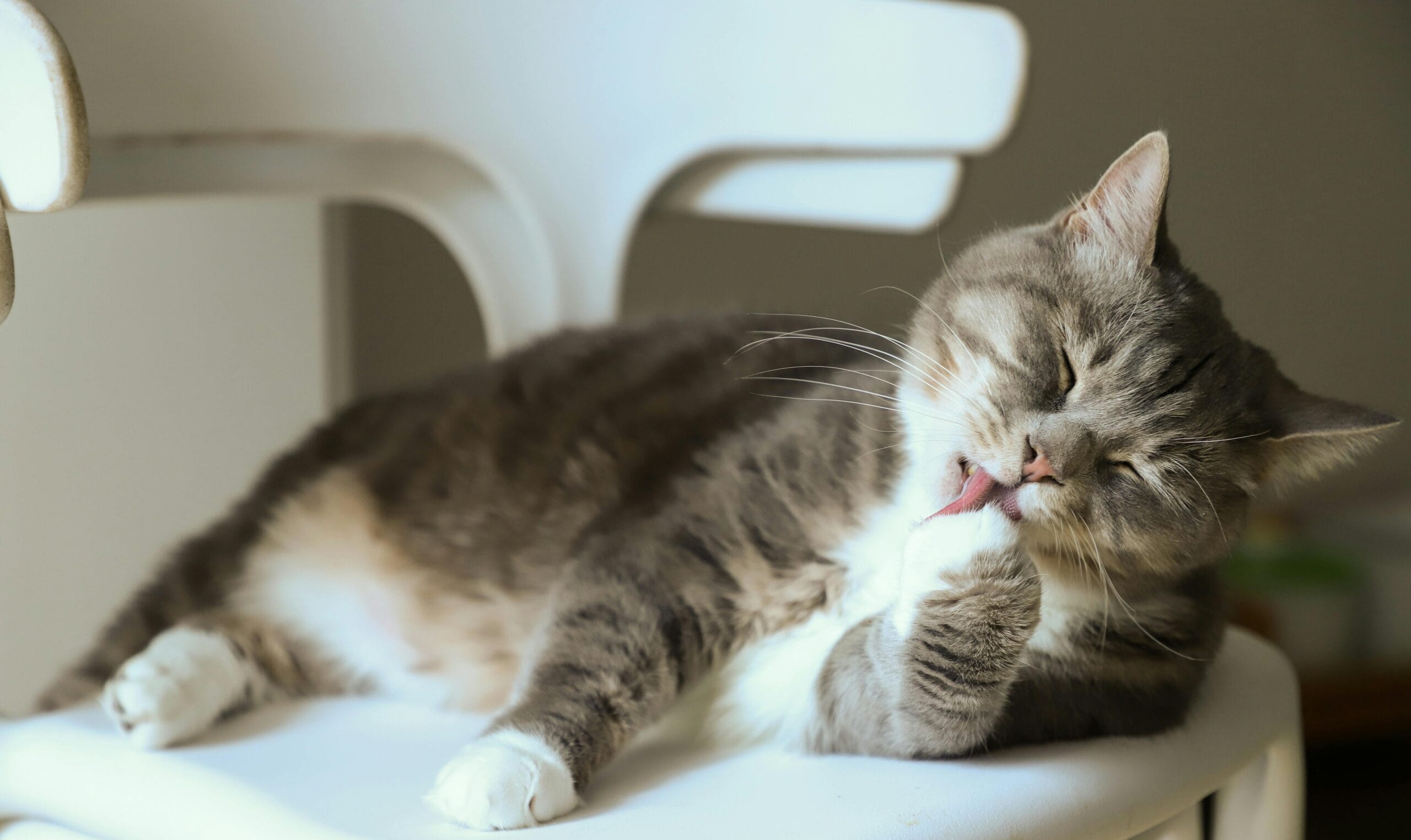Are Cats Color Blind ?

Are Cats Color Blind? Do Cats See Color? Uncover the mysteries of cat color vision! Learn how cats perceive the world in vibrant hues or shades of gray. Discover fascinating facts about feline eyesight.
**Are Cats Color Blind? Unveiling the Secrets of Feline Vision**
The question, “**Are cats color blind?**,” is a common one, often sparking debates among cat lovers and animal enthusiasts alike. While the short answer might seem simple, the reality of cat color vision is far more nuanced and fascinating than a simple “yes” or “no.” This comprehensive guide will delve into the intricacies of **cat color vision**, exploring the scientific evidence and dispelling common myths surrounding feline color perception. We’ll investigate whether cats truly see the world in shades of gray or if their experience of color is different from our own.
**Do Cats See Color? The Science Behind Feline Vision**
Unlike humans who possess three types of cone cells in their eyes – responsible for perceiving red, green, and blue – cats only have two types of cone cells. This dichromatic vision means cats lack the ability to distinguish certain colors as readily as humans do. This doesn’t mean they see the world solely in black and white, a common misconception. Instead, their color perception is more limited, focusing primarily on blues and greens, with a reduced ability to discern reds and oranges.
The absence of the third cone type, responsible for perceiving red, significantly impacts their color discrimination. Research suggests that what cats perceive as red might appear more greenish-brown or grayish-brown to them. They may struggle to distinguish between colors that humans can easily differentiate, such as red and green, or red and orange. This doesn’t imply that their vision is inferior; it merely operates differently. The evolutionary pressures shaping feline vision prioritized other aspects, such as excellent night vision and motion detection, crucial for their hunting prowess.
Interestingly, some studies have suggested a possible third cone cell type in some cats, but this is still a matter of ongoing research and not definitively confirmed across all feline species. Even with potential variations, the overall understanding is that cat color vision is significantly different from human vision, and the statement “**Do cats see color?**” can be answered with a qualified “yes, but differently than us”.
**Understanding the Limitations of Cat Color Vision**
The limited number of cone cells directly impacts how cats perceive the world. Consider the vibrant hues of a flower garden. While humans can appreciate the rich reds, oranges, yellows, and greens, a cat would likely see a less colorful version, with certain colors appearing muddled or indistinguishable. This doesn’t detract from their ability to navigate their environment; instead, it highlights the evolutionary adaptations that prioritize their survival needs.
Their superior night vision, facilitated by a high concentration of rod cells in their retinas, compensates for the limitations in their color vision. This allows them to see well in low-light conditions, a crucial adaptation for their nocturnal hunting habits. The tapetum lucidum, a reflective layer behind the retina, further enhances their night vision by reflecting light back onto the photoreceptor cells. This results in a significantly improved ability to see in dim light compared to human vision.
**The Implications of Cat Color Vision for Owners**
Understanding **cat color vision** can help cat owners create a more enriching environment for their feline companions. While a cat may not perceive the vibrancy of a red toy in the same way as a human, they still react to shapes, movements, and textures. Knowing their color limitations can influence toy selection, as brighter, high-contrast colors might be more easily detected.
For example, when choosing a cat bed or scratching post, selecting those with strong contrasts and patterns could improve their visibility and make them more appealing. This is because, even if cats do not see colours the same way as us, they still have visual preferences. Selecting bright blues and greens would generally be a better choice than attempting to match colours to their fur coat.
Furthermore, understanding that cats may not distinguish between some colors can assist in training or behavioral interventions. Using distinct color cues might not be as effective for cats compared to other cues such as sound or texture.
**Debunking Myths About Cat Color Blindness**
Many misconceptions surround **cat color vision**. One common myth is that cats see only in black and white. While their color perception is limited compared to humans, their vision is not monochrome. They can perceive colors, albeit with a different spectrum and intensity than we can.
Another misconception is that their limited color vision somehow impacts their quality of life. This is untrue. Cats have adapted to their specific visual capabilities, and their other sensory modalities, such as hearing and smell, compensate for any limitations in their color perception. They are perfectly capable of living fulfilling lives, hunting effectively, and interacting with their environments.
**Further Research and Ongoing Studies**
Research on feline vision continues to evolve. Scientists are still exploring the intricacies of cat color perception and the potential variations within the species. For more in-depth information, you might find the following resources helpful: National Center for Biotechnology Information (NCBI) provides extensive scientific literature on animal vision, including research on cats. You can also consult veterinary ophthalmology journals for the latest findings on feline eye health and vision.
Another credible source for additional research on animal vision and physiology in general is the Nature journal. Their archives contains many articles on a wide range of related subjects, which may help to clarify specific questions or concerns.
**Conclusion: A Deeper Understanding of Cat Color Vision**
The question, “**Are cats color blind?**” is not as straightforward as it initially seems. While cats do not see the full spectrum of colors as humans do, implying their vision is not entirely ‘color blind’, their color vision is distinct and tailored to their environment and evolutionary needs. Their limitations in color discrimination are balanced by exceptional night vision and other acute senses. Understanding these nuances can lead to a deeper appreciation for these fascinating creatures and aid in fostering a more enriching and harmonious relationship with them.
Share Your Experiences!
Have you noticed any interesting aspects of your cat’s visual behavior? Do they seem to prefer certain colors or patterns? Share your observations and experiences in the comments below! Let’s continue the discussion about **cat color vision** and learn more from each other’s insights on **Do Cats See Color?**

FAQ: Are Cats Color Blind?
1. Are cats color blind?
No, cats are not entirely color blind, but their color vision is different from humans’. While they don’t see the vibrant spectrum of colors we do, they do see color. Their cat color vision is limited, primarily perceiving shades of blue, green, and gray.
2. Do cats see color? If so, what colors?
Yes, Do Cats See Color? The answer is a qualified yes. Their color vision is dichromatic, meaning they have two types of cone cells in their eyes (compared to humans’ three). This allows them to distinguish blues and greens, but other colors appear as muted versions or shades of gray. They likely see a world with less vibrant hues than we do.
3. How does a cat’s color vision compare to a human’s?
Humans have trichromatic vision, perceiving red, green, and blue. Cats have dichromatic vision, seeing primarily blue and green. This means many colors that appear distinct to humans look similar to cats. Their cat color vision is less saturated and less detailed in terms of color differentiation.
4. Can cats distinguish between red and green?
No, red and green appear very similar, if not indistinguishable, to cats. This relates directly to the question “Are Cats Color Blind?” While not fully colorblind, their inability to differentiate these colors is a significant aspect of their limited color perception.
5. Are cats better at seeing in low light than humans?
Yes, cats have superior night vision compared to humans. This is due to a higher concentration of rod cells in their retinas, which are responsible for vision in low light. Their color vision is less relevant in low light conditions.
6. What is the scientific explanation for cat color vision?
Cats possess two types of cone photoreceptor cells, one sensitive to short wavelengths (blue) and one sensitive to medium wavelengths (green). The lack of a cone cell sensitive to long wavelengths (red) explains why they struggle to distinguish reds and greens. This is why the question “Are Cats Color Blind?” has a complex answer.
7. Does a cat’s fur color affect its vision?
No, a cat’s fur color has no impact on its color vision. The cat color vision is determined by the photoreceptor cells in its eyes, not the pigment in its fur.
8. Why is understanding cat color vision important?
Understanding cat color vision is crucial for choosing toys and other items for cats. Knowing they see fewer colors than we do can help us choose things that will be more visually stimulating for them. For example, using high-contrast colors can be beneficial.
9. Can a cat’s vision be corrected for color blindness?
There’s no corrective measure for a cat’s dichromatic vision. Their color perception is a natural aspect of their biology, not a defect requiring correction.
10. What are the implications of cat color vision for their hunting behavior?
While not crucial, their ability to detect movement and contrast in low light conditions is more significant for hunting than their limited color vision. The ability to see shades of blue and green is sufficient for spotting prey against vegetation. The question “Do Cats See Color?” is less relevant than other aspects of their visual system for this purpose.

Are Cats Color Blind? Practical Tips and Health Considerations
The question of whether cats are color blind is a common one. While not entirely color blind like some other animals, their color vision differs significantly from humans. Understanding their visual capabilities is crucial for their well-being and our relationship with them.
Understanding Feline Color Vision
Cats see fewer colors than humans. They possess dichromatic vision, meaning they have two types of cone cells in their retinas (compared to humans’ three). This primarily allows them to distinguish blues and greens, with yellows and grays appearing as variations of these. Reds appear as a darker shade of green or gray. This doesn’t mean they see the world in black and white, but their perception of colors is significantly muted compared to our own.
Practical Tips Based on Cat Color Vision
Toy Selection: Bright blues, greens, and yellows are generally more appealing to cats than reds or oranges. Consider these colors when choosing toys.
Environmental Enrichment: Use a variety of textures and patterns alongside colors to create a stimulating environment. The contrast and texture may be more important than the specific color.
Identifying Health Issues: While not directly related to color blindness, understanding your cat’s visual capabilities helps in identifying potential health problems. Changes in behavior, such as bumping into objects or difficulty navigating, should be investigated by a vet.
Health Considerations
Veterinary Visits: Regular checkups are essential for early detection of eye diseases. Conditions like cataracts, glaucoma, and retinal degeneration can affect a cat’s vision significantly. Early intervention can improve the outcome.
Diet and Nutrition: A balanced diet rich in antioxidants and nutrients supports overall eye health. Consult your veterinarian about the best nutritional choices for your cat.
Environmental Safety: Ensure your home is safe for a cat with potentially reduced color vision. Avoid placing obstacles in areas where your cat frequently walks.
SEO Keywords:
cat color blindness, feline vision, cat eye health, dichromatic vision, cat toys, cat health, veterinary care, cat eye diseases, glaucoma, cataracts, retinal degeneration, cat nutrition